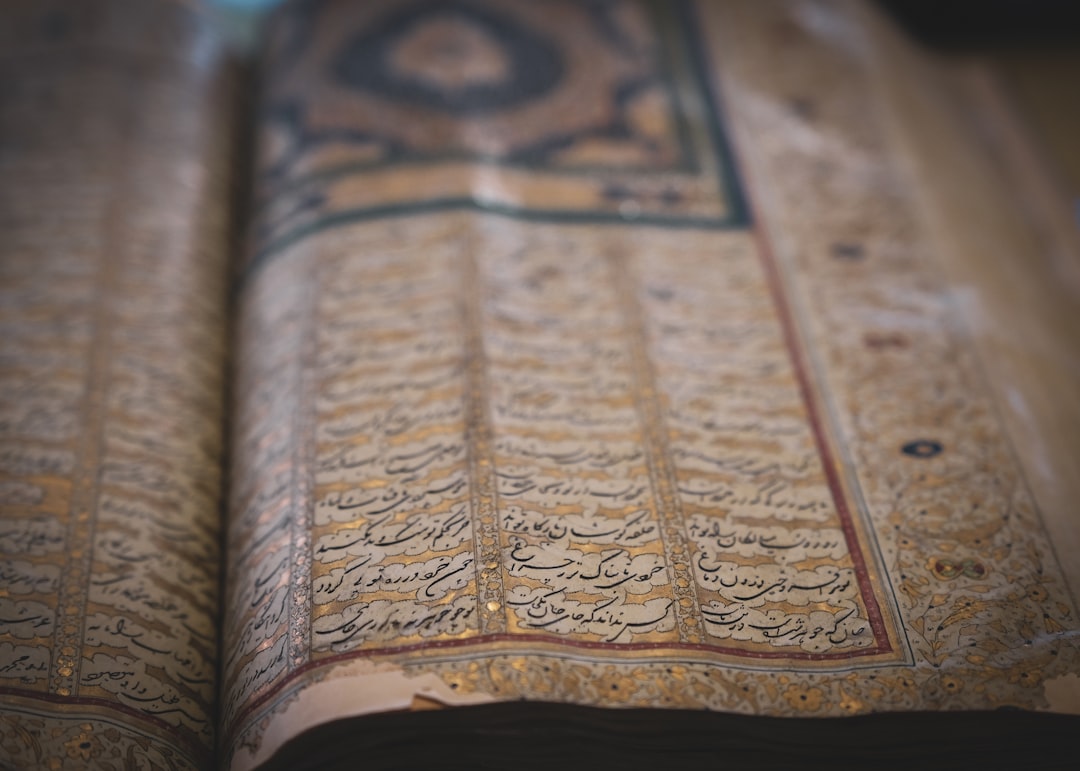Stepping into the world of Persian culture is like opening a richly illustrated manuscript: every page reveals a new layer of history, art, and warm hospitality. Whether you’re planning your first trip to Iran, curious about its millennia‑old traditions, or simply want to broaden your cultural horizons, this guide will serve as your compass through the vibrant landscape of Iranian life.
1. A Brief Glimpse at History & Geography
Iran, historically known as Persia until 1935, occupies a strategic crossroads in Southwest Asia. From the ancient Achaemenid Empire under Cyrus the Great (6th century BCE) to the remarkable Safavid dynasty (16th–18th centuries CE), Persia has repeatedly influenced art, governance, and scholarship across the globe. Today’s Iran stretches from the snow‑capped Alborz Mountains in the north to the sun‑baked Lut Desert in the east, boasting a tapestry of climates, ethnicities, and customs.
2. The Beauty of the Persian Language
Central to Iranian identity is Farsi (Persian), a lyrical Indo‑European language written in a flowing script derived from Arabic. A few useful phrases to welcome you:
-
Salâm (سلام) – Hello
-
Merci (مرسی) – Thank you
-
Khubam, mamnun (خوبم، ممنون) – I’m good, thanks
Farsi poetry—by luminaries such as Rumi, Hafez, and Ferdowsi—is often quoted in daily conversation, greeting cards, and cafés. Learning a couple of verses can endear you to locals and give you insight into the Persian soul.
3. A Feast for the Senses: Persian Cuisine
Iranian cuisine is a harmonious balance of flavors, colors, and aromas:
-
Rice dishes (Chelow / Polo): Fluffy basmati rice, often layered with meats or vegetables, with that prized golden crust called tahdig.
-
Kebabs: Juicy skewers of lamb, beef, or chicken, frequently served with grilled tomatoes and fresh bread.
-
Stews (Khoresh): Slow‑cooked pottages like Ghormeh Sabzi (herbs & beans) and Fesenjan (pomegranate & walnut) that simmer for hours.
-
Street snacks: From samosas in the bazaars to crispy noodles topped with butter and cinnamon at tea houses.
No meal is complete without a cup of Persian tea (chai), served strong and sweet—often in tulip‑shaped glasses with sugar cubes.
4. Arts, Architecture & Handicrafts
Persian Miniature Painting: Finely detailed, jewel‑toned artworks illustrating classic poems and epic tales.
Tilework & Calligraphy: Mosques and palaces are adorned with intricate tile mosaics and sweeping Quranic scripts. Must‑visit sites include the Nasir al‑Mulk Mosque in Shiraz and the Golestan Palace in Tehran.
Handwoven Carpets: Each region has its signature patterns and color palettes—perfect souvenirs that tell a story in every knot.
5. Festivals & Celebrations
-
Nowruz (New Year): Celebrated on the spring equinox (March 20/21), this ancient festival involves house‑cleaning (khaneh takani), haft‑sin tables, and family gatherings.
-
Yalda Night: On the longest night of the year (December 21), families gather to read poetry, eat pomegranates, and ward off darkness.
-
Religious Observances: Muharram processions and the month of Ramadan bring communities together in reflection, fasting, and charity.
6. Social Etiquette & Customs
Iranian hospitality is legendary:
-
Taarof: A form of polite insistence—when offered tea or treats, you may hear repeated refusals before acceptance. It’s a dance of generosity and humility.
-
Dress Code: Modesty is valued. Women should cover their hair with a scarf and wear loose‑fitting clothes; men should avoid sleeveless shirts in public.
-
Personal Space: Men and women who are not related usually avoid physical contact; a respectful nod or placing a hand over the heart is a polite alternative to a handshake.
7. Music, Dance & Cinema
From the haunting melodies of the santoor and tar to contemporary pop and fusion, Iranian music weaves ancient modal systems (dastgah) into modern rhythms. While public dancing is restricted, private gatherings often feature joyful folk dances like the Kurdish halparke or the Azerbaijani yalli. Iranian cinema—championed internationally by directors such as Abbas Kiarostami and Asghar Farhadi—offers poignant glimpses into everyday life, storytelling rich with metaphor and humanity.
8. Connecting Across Cultures
Approach Persia with an open heart and a spirit of curiosity. Smile readily; Iranians often reciprocate with warmth and generous conversation. Even if you start with a handful of words in Farsi, your efforts will be met with appreciation and may spark new friendships. Remember that beneath the layers of politics and stereotypes lies a culture defined by its poetry, its palate, and its people.
Ready to explore? Whether you’re wandering the alleys of Isfahan, bargaining in the bazaars of Tabriz, or sipping tea in a Tehran café, embrace each moment as part of a grand narrative that’s been unfolding for over 2,500 years. Welcome to Persia!





